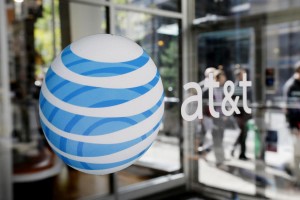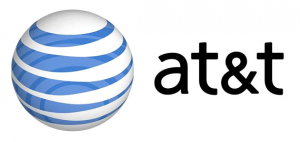AT&T Mobility recently tweaked its data throttling policy for those using the unlimited data plans. In a recent development, the company has shared that it will now throttle data speeds only when consumers are linked to congested cell sites, irrespective of the type of smartphone they are using.
The renowned network carrier patiently changed its policy yesterday. Prior to this, customers who had been using 3G or HSPA+ phones as well as legacy unlimited data plans were restrained for their remaining billing period after having exceeded a total of 3 GB of data in a month; however, this was done only when certain areas and times faced network congestion. On the contrary, while LTE customers with unlimited plans did not experience their speeds getting throttled until they reached 5 GB of data usage in a month, their speeds were indeed geared down for their remaining billing cycle at all times, irrespective of whether their network faced any sort of congestion during that time.
That discrepancy has now been rectified. According to the new policy, as a result of AT&T’s network management process, consumers on a 3G or 4G smartphone or on a 4G LTE smartphone accessing an unlimited data plan who have exceeded 3 gigabytes or 5 gigabytes of data in a certain billing period may experience contracted speeds when using data services at times and in areas that are experiencing any kind of network congestion. All those customers can still go ahead and use unlimited data without incurring any sort of overage charges, and their speeds will return to normal when their next billing cycle starts.
Not many customers exist who still use the legacy unlimited data plans provided by AT&T. The carrier said that at the end of the first quarter, approximately 87 percent of its postpaid smartphone subscribers were set on usage-based data plans (tiered data plans, Mobile Share and other plans).





